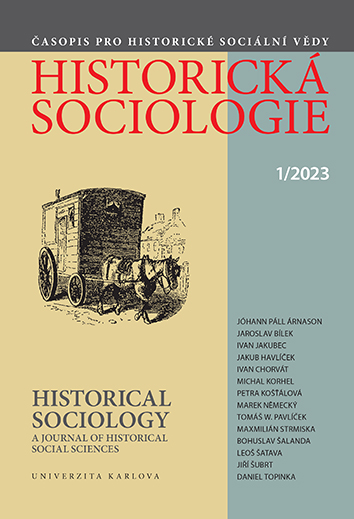Návrat „domů“: přistěhovalecké vlny do Arménie po druhé světové válce
“Homecoming”: Immigration Waves to Armenia after World War II.
Author(s): Petra KošťálováSubject(s): History, Social Sciences, Sociology, Social history, Ethnic Minorities Studies
Published by: Univerzita Karlova v Praze, Nakladatelství Karolinum
Keywords: Armenia; diaspora; repatriation; integration; Akhpar
Summary/Abstract: The paper deals with the repatriation wave of Armenians from the Diaspora to Soviet Armenia in the years 1946–1948. It was the largest targeted and systematic immigration back to the Republic of Armenia, perceived primarily as a motherland and Promised Land; the migration wave and its impact could be considered in the frame of Hebrew aliyahs, or “ascension upward” (toward the Holy City). Returning from exile is called nergaghth in Armenian. The collective memory of Soviet Armenia has usually depicted this immigration as a success, a rescue of a nation threatened by genocide and an afflux of “new blood”; however, the repatriation was perceived as disappointment and historical injustice by repatriates and considered one of the reasons for tensions between the Diaspora and its motherland. After 1956, the majority of repatriates returned to their original host countries; those who remained in Armenia are (even after several generations) called by the pejorative term akhpar.
Journal: Historická sociologie
- Issue Year: 15/2023
- Issue No: 1
- Page Range: 61-71
- Page Count: 11
- Language: Czech

